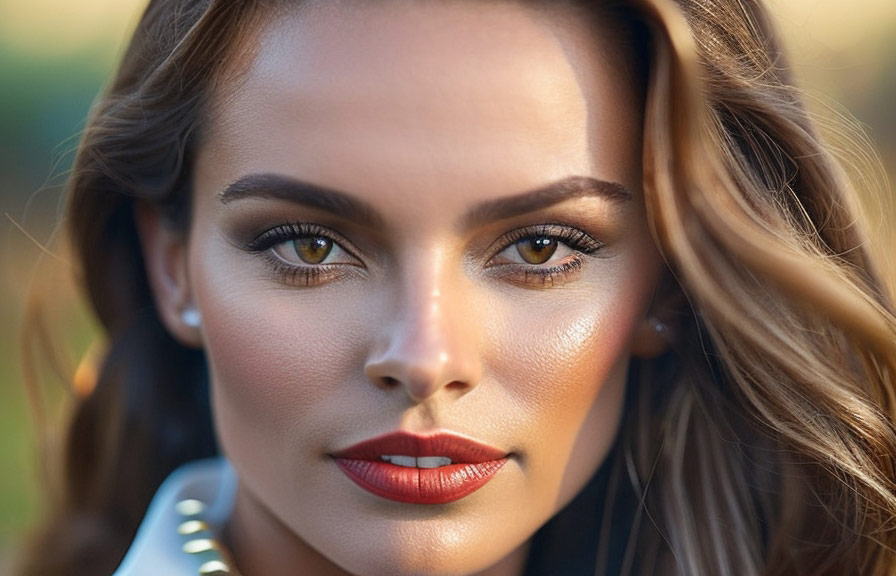Did you know the first fashion photography shoot dates back to 1856? it featured the countess of castiglione, who was a significant figure in european high society at the time. fast forward to today, and fashion and model photography has become a vibrant and influential industry.
Taking a good model photo is no small feat. it requires a keen eye for detail, a strong understanding of lighting, and an ability to connect with the subject. in this post, we'll explore the key aspects of capturing stunning model photos: posing, lighting, and editing.

The art of posing: how to pose a model for a photo
Posing is crucial to creating a captivating model photo. it can convey the mood, story, and emotion behind the image. here are some tips to help you direct and pose your models with confidence.
1. Establish rapport: before the shoot, take the time to get to know your model. talk about their interests, experiences, and goals. building a connection will help them feel more comfortable and confident in front of the camera.
2. Prepare poses in advance: research poses that will work well for your concept and make a list or mood board. share these ideas with your model before the shoot to ensure they're comfortable and prepared.
3. Give clear directions: when directing your model, be specific and descriptive. for example, instead of saying "look happy," try "think about a funny memory or a time when you couldn't stop laughing."
4. Encourage movement: fluid movements can lead to more natural and dynamic poses. ask your model to walk, dance, or sway to create a sense of motion in your images.
5. Capture candid moments: some of the best shots come from genuine reactions. keep your camera ready and be prepared to capture spontaneous, candid moments.
Illuminating insights: how to light a model photo
Lighting can make or break a model photo. it has the power to emphasize textures, define shapes, and set the overall mood. here are some tips to help you master the art of lighting in model photography.
1. Understand the types of light: there are two main types of light: hard and soft. hard light creates strong shadows and contrast, while soft light produces a more even and diffused appearance. experiment with both types to achieve the desired effect.
2. Use natural light: when shooting outdoors, take advantage of the sun's natural light. the golden hour (the hour before sunset or after sunrise) offers soft, warm, and flattering light for model photography.
3. Explore different light sources: don't be afraid to get creative with your light sources. in addition to natural light and studio lights, you can also use items like fairy lights, neon signs, or even a projector to create interesting lighting effects.
4. Control the light: use modifiers like reflectors, diffusers, and grids to shape and control the light. this will help you achieve the desired lighting effect and mood in your images.
5. Experiment with angles: the angle of the light can dramatically change the look of a photo. experiment with side lighting, backlighting, and top lighting to see how they influence the appearance of your model and the overall image.
Perfecting the final image: how to edit a model photo
Editing is the final step in creating a stunning model photo. it allows you to enhance colors, adjust lighting, and refine the overall composition. here are some tips for editing model photos like a pro.
1. Choose the right software: there are many editing programs available, each with its strengths and weaknesses. popular options include adobe lightroom, photoshop, and capture one. find the one that best suits your needs and workflow.
2. Adjust exposure and contrast: start by correcting the exposure and contrast to ensure the image is well-balanced and properly lit.
3. Enhance colors: adjust the hue, saturation, and luminance of individual colors to make them pop or create a specific mood.
4. Retouch the model: in general, aim for a natural and subtle retouching approach. use tools like the healing brush, spot removal, and frequency separation to remove blemishes, smooth skin, and enhance features.
5. Apply creative effects: experiment with filters, overlays, and textures to add depth and interest to your images. be mindful not to overdo it less is often more when it comes to editing model photos.
Conclusion
Taking a good model photo involves a combination of posing, lighting, and editing techniques. by mastering these elements and embracing your creativity, you'll be well on your way to capturing stunning model images that stand out in a crowded market.
And remember, practice makes perfect keep shooting, experimenting, and refining your skills to become the best model photographer you can be.
